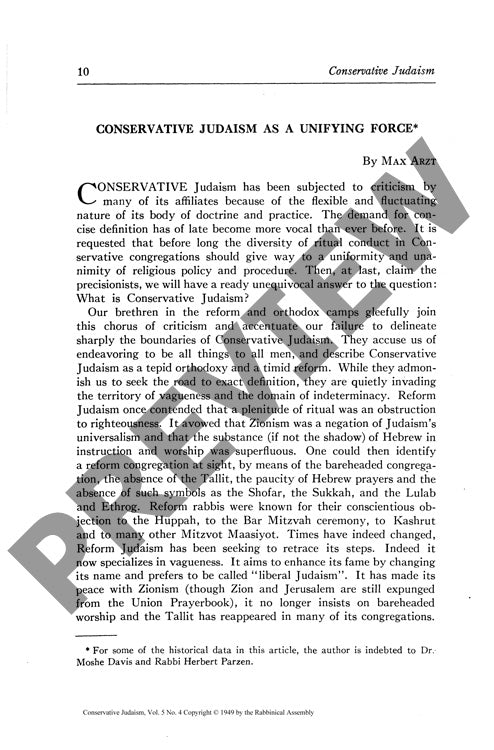Conservative Judaism as a Unifying Force
Couldn't load pickup availability
When radical Reform Judaism challenged traditional Jewish practice in America, Conservative Judaism emerged as a vital mediating force, defending historical Judaism while allowing for modern adaptation. Through analysis of historical documentation and institutional development from Conservative Judaism's founding through the mid-20th century, this research reveals how leaders like Solomon Schechter consciously cultivated inclusivity rather than sectarianism. The establishment of institutions like the Jewish Theological Seminary and United Synagogue created spaces where varying degrees of traditional observance could coexist within historical frameworks. Conservative Judaism's "unity in diversity" principle enabled congregational variations while maintaining core commitments to Hebrew liturgy, Sabbath observance, dietary laws, and Jewish tradition. Notably, both Reform and Orthodox movements have gradually adopted aspects of the flexibility they once criticized in Conservative Judaism. By avoiding rigid definitional boundaries while preserving essential traditional elements, Conservative Judaism continues to serve as a potential bridge between diverse segments of American Jewry seeking authentic religious expression in contemporary life.

More Information
-
Physical Description
-
Publication Information
Published 1949
ISBN
-
Publication Credits
Max Arzt

